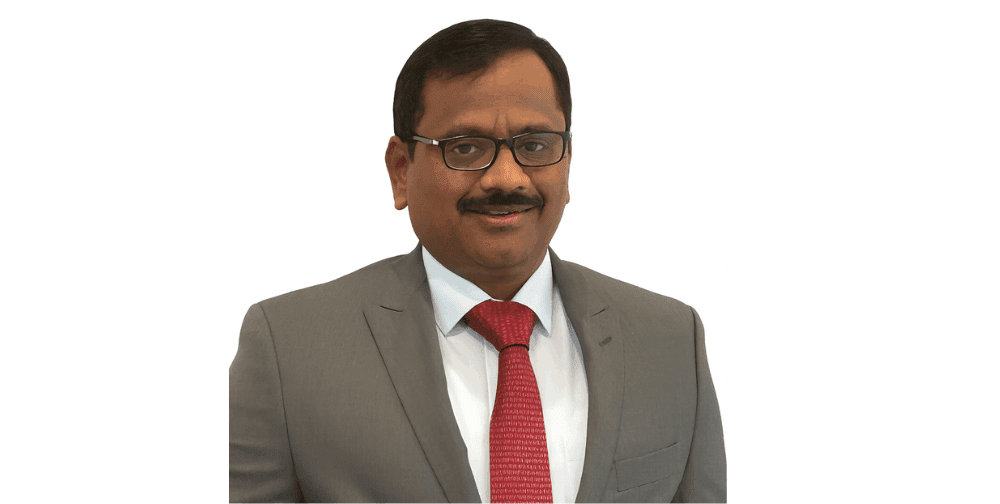For the last decade, the focus of e-commerce innovation has been the storefront. From user-friendly interfaces to one-click purchases, the race has been to perfect the customer’s journey from discovery to checkout. However, the next wave of disruption is not happening at the checkout; it is happening in the treasury. For Singaporean sellers, the future of global commerce is being defined by the FinTech that powers their payouts. This shift is particularly relevant as Singapore’s cross-border e-commerce market is projected to grow significantly, establishing the nation as a key player in global e-commerce. The growth is there, but the existing financial infrastructure is creating a bottleneck that technology must solve. This is not about tweaking a website; it is a fundamental re-engineering of the financial backend that supports global trade, and it is a change every ambitious seller needs to understand.
The great unbundling: E-commerce’s fragmented financial backend
To understand where we are going, we must first look at where we have been; it helps us analyse all the data points that set-up the predictive research for better decision making. The current state for a typical global seller in Singapore is a fragmented ecosystem. You have separate payment streams from Lazada, Shopee, Amazon US, and Amazon UK, each with its own currency, fee structure, and payout schedule. This is the “great unbundling” of the e-commerce financial backend only till we realize it can be better.
Each marketplace has its own method of paying its sellers, and while this system works, it is far from efficient. This fragmentation creates data silos, where a seller must log into multiple platforms to get a complete picture of their cash flow. It creates administrative drag, forcing businesses to spend valuable time reconciling disparate reports and manually tracking payments. Most significantly, it leads to “value leakage” through hidden foreign exchange (FX) costs and unpredictable transfer fees. It is an inefficient system that is ripe for technological disruption, and for a business with aspirations of scaling globally, this drag can become an insurmountable obstacle.
The FinTech convergence: From payment processor to financial OS
The market is now moving beyond simple payment processors toward integrated platforms that act as a “Financial Operating System” for e-commerce. This is the core thesis of the next evolution of global commerce. The solution is not just a better way to get paid; it is about embedding financial management tools (like multi-currency accounts, supplier payments, and FX management) directly into the seller’s workflow. This is part of the larger, well-known FinTech trend of embedded finance, which is reshaping how businesses manage their money.
Singapore has also launched a cross-border e-trade platform to help businesses, but sellers who unify their financial operations can see a 5–10% improvement in net margins by reducing hidden FX costs and administrative overhead. By integrating these functions, businesses gain a more holistic and efficient way to manage their finances, directly from their marketplace earnings. This approach is not a niche idea; it is a fundamental shift in how businesses handle their money.
It is about creating a seamless financial infrastructure that supports a business’s global ambitions from the ground up, rather than piecing together a patchwork of services. This is how sophisticated sellers are gaining a critical competitive edge. For sellers looking to optimize their global marketplace payouts, adopting a unified platform is becoming a necessity. It provides a strategic advantage by allowing businesses to operate with greater agility and financial clarity.
Key pillars of the unified financial platform
A unified financial platform is built on several key technological pillars that fundamentally change how sellers operate. These are the components that create a seamless and efficient financial operating system:
| Pillar | Technological function | Strategic benefit for Singaporean sellers |
| Global receiving accounts | API-driven accounts to collect multiple currencies locally. | Reduces FX conversion fees and accelerates access to funds. It enables sellers to receive payments in local currencies, which can then be held or converted strategically. |
| Unified treasury | A single dashboard for real-time visibility of all cash positions. | Eliminates data silos and administrative drag. Sellers can see all their earnings from every marketplace in one place, allowing for better cash flow forecasting and management. |
| Integrated payables | The ability to pay global suppliers directly from marketplace earnings without costly conversions. | Streamlines the entire value chain. By paying suppliers in their preferred currency directly from the platform, businesses can reduce transaction costs and improve supplier relationships. |
These pillars collectively create a robust financial backbone that supports a global e-commerce business. They move the seller beyond simply receiving money to actively managing their entire financial life cycle within a single, integrated environment.
The strategic horizon: What this unlocks for Singaporean sellers
Moving beyond the immediate benefits of reduced costs and administrative ease, this technological shift unlocks a new strategic horizon for Singaporean sellers. This isn’t just about saving 3% on FX; it is about having the financial agility to launch in a new market in days, not months, because the financial infrastructure is already in place. This shift enables faster global expansion by removing the financial friction of entering new markets. It provides better data for strategic decisions, as all financial information is consolidated and available on a real-time basis. This leads to improved business valuations, as a clean, unified financial backend is a sign of a professionally managed, scalable business. Ultimately, this allows Singaporean sellers to compete with larger players on operational efficiency, levelling the playing field and fostering a new generation of global commerce leaders.
Wrap-up
The line between e-commerce and FinTech is not just blurring; it is disappearing entirely. Irrespective of the size of a business, for a Singaporean seller aiming for global leadership, adopting a unified financial platform is no longer a competitive advantage; it is becoming the price of entry. The most successful global sellers of the next decade will not just be masters of marketing and logistics; they will be masters of their financial technology stack.



































